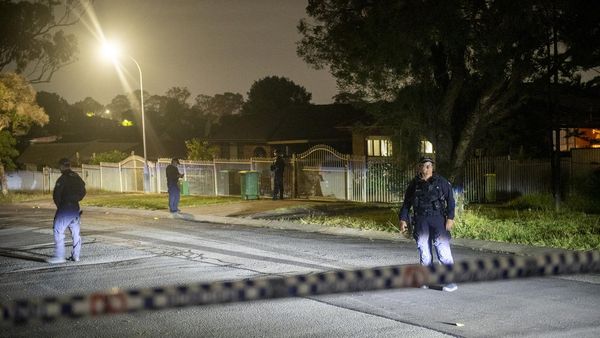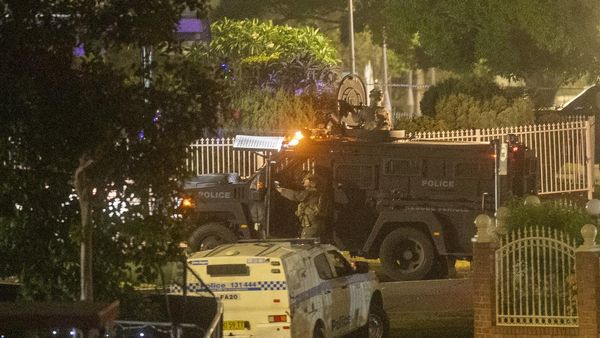
Rail passenger transport is on the rise across Europe as more people choose trains for both business and leisure.
However, several surveys show that reliable internet access is a challenge across Europe’s rail networks. In the United Kingdom, for instance, 70 per cent of passengers reported frequent WiFi interruptions during their commutes, according to Uswitch.
“One of the key advantages of travel by rail is that time spent travelling can be productive, either for work or socially, but to achieve that passengers need uninterrupted mobile connectivity,” Chris Page, chair of UK advocacy group Railfuture, told Euronews Next.
So, which countries offer the fastest WiFi connectivity on trains across Europe?
Here’s where passengers stay connected most reliably while commuting – and why these issues persist despite technological innovations.
Where train WiFi is fastest
Sweden delivers the fastest WiFi on European trains by a wide margin, according to an analysis of Speedtest Intelligence data from the second quarter of 2025 that was published by Ookla.
The country recorded a median download speed of 64.6 megabits per second (Mbps), which is more than four times higher than the median of 7.6 Mbps across the 15 European countries analysed. It’s more than 150 times faster than the bottom-ranked Netherlands (0.4 Mbps).
Besides Sweden, there were three other countries with median train WiFi speeds exceeding 20 Mbps: Switzerland (29.8 Mbps), Ireland (26.3 Mbps), and Czechia (23.4 Mbps). France also comes close to this threshold, with an average of 19.1 Mbps.
UK and Spain: Download speeds below 2 Mbps
In contrast, several major European economies record median download speeds of less than 2 Mbps on trains. The Netherlands ranks the lowest, at 0.4 Mbps, followed by Austria (0.7 Mbps), the UK (1.1 Mbps), and Spain (1.5 Mbps).
Italy (4.8 Mbps) also records relatively low among Europe’s five largest economies, in sharp contrast to Germany, which recorded download speeds of 14.9 Mbps.
Another Nordic country, Norway, sits at the European median with a speed of 7.6 Mbps, while Romania performs better at 12.5 Mbps.
Why is Sweden an outlier?
Sweden also leads in upload speeds, with a median of about 55 Mbps, more than twice as fast as the next fastest country, Switzerland (25.6 Mbps). While rankings and exact figures vary slightly, upload performance generally mirrors download speeds.
Luke Kehoe, an industry analyst at Ookla, noted that Sweden pairs a modern onboard kit with deliberate policy and rail-specific mobile coverage. Operators have upgraded rolling stock with newer Wi-Fi and 5 GHz use, and likely bond multiple public mobile networks for backhaul.
“Sweden is also moving early on FRMCS (5G-based rail communications) and targeted rail-route 5G enhancements, which together tighten coverage and capacity where trains actually run,” Kehoe said.
“This ‘treat mobile as rail infrastructure’ approach matters more than simply geography,” he added.
Kehoe emphasised that Swedish telecoms regulator PTS has progressively extended coverage obligations, including proposals to add main rail routes, while low-band spectrum (700 MHz) was licensed with explicit rural coverage spending requirements. Together, that created a deep coverage layer that trains can latch onto for backhaul.
Why do train WiFi speeds vary so widely in Europe?
Train internet quality and WiFi speeds across Europe “diverge most where rail corridors are (or are not) treated as priority/dedicated coverage areas,” Kehoe said.
Countries that open rail assets for co-location, deploy trackside or tunnel systems, and build obligations into spectrum licences see far fewer dead zones and handover failures on rail routes.
“The performance of the Wi-Fi is not a train issue; it's an overall end-to-end system issue,” Laurent Troger, president at Altrius and former president of Bombardier Transportation, told Euronews Next.
A large share of European train connections still run on legacy Wi-Fi 4 and the congested 2.4 GHz band, and within a country, moving to Wi-Fi 5 and 5 GHz brings big uplifts.
Kehoe pointed out that government investment and telecom coverage along railway lines can also affect internet speeds.
He said that Switzerland’s approach – excellent rail-line mobile coverage, including 4G throughout tunnels like the Gotthard Base Tunnel, and reliance on the public networks for onboard internet – and Sweden’s push on FRMCS/rail-route 5G demonstrate how policy and targeted public spend translate into better passenger outcomes.
Meanwhile in many countries, internet coverage outside of cities is a challenge, creating WiFi disruptions during train journeys.
“Even within a country you have significant volatility in the quality of the Wi-Fi speed on the train,” Troger said, meaning the median speeds cited by Ookla may mask regional differences within countries.







